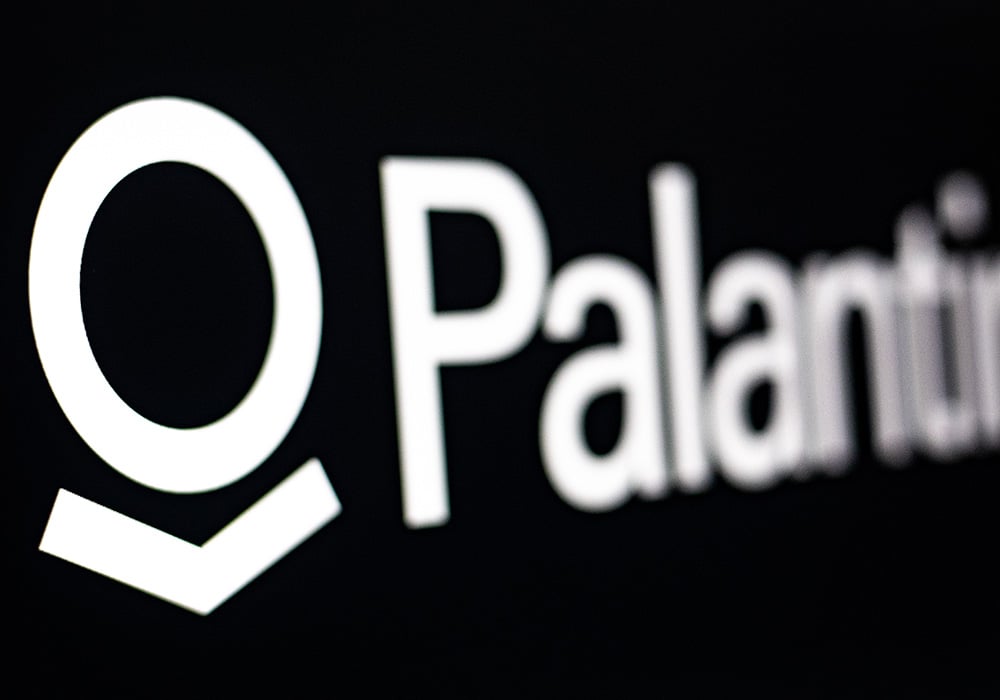TLDR
- Palantir reported Q3 revenue of $1.18 billion, up 63% year-over-year, with net income rising 40% to $475.6 million
- The stock dropped 14% in the week following the November 4 earnings release despite record results
- U.S. commercial revenue surged 121% to $397 million, while U.S. government revenue jumped 52% to $486 million
- Palantir closed 204 deals worth over $1 million, including 53 deals exceeding $10 million in value
- Concerns about AI bubble fears and sky-high valuation multiples drove the post-earnings selloff
💥 Find the Next KnockoutStock!
Get live prices, charts, and KO Scores from KnockoutStocks.com, the data-driven platform ranking every stock by quality and breakout potential.
Palantir Technologies reported third-quarter results on November 4 that beat expectations across the board. But instead of rallying, the stock fell 14% in the following week.
Palantir Technologies Inc., PLTR
The data mining and AI platform company posted revenue of $1.18 billion for the quarter. That’s a 63% jump from the same period last year. Net income climbed 40% to $475.6 million.
The company’s adjusted earnings per share came in at $0.21. U.S. commercial revenue grew 121% to $397 million. U.S. government revenue increased 52% to $486 million.
Palantir closed 204 deals worth more than $1 million during the quarter. Of those, 91 exceeded $5 million in value. Another 53 topped $10 million.
The company signed $2.76 billion in total contracts. U.S. commercial clients accounted for $1.31 billion of that total.
CEO Alex Karp said the company is just getting started. He pointed out that Palantir now generates more profit in one quarter than it used to make in revenue. The company issued fourth-quarter revenue guidance between $1.327 billion and $1.331 billion.
Full-year revenue is expected to land between $4.396 billion and $4.4 billion. Despite these strong numbers, investors hit the sell button after the report.
Valuation Concerns Drive Selloff
The stock’s valuation metrics tell part of the story. Palantir trades at a price-to-earnings ratio of 623. The forward P/E sits at 217.
The price-to-sales ratio stands at 137. That compares to an industry average of 8.8 for application software companies. In other words, investors pay $137 for every dollar of Palantir’s revenue.
Even using forward revenue estimates, the P/S ratio is 103. These numbers have climbed steadily in recent years as the stock price outpaced revenue growth.
Freedom Capital Markets analyst Almas Almaganbetov raised his price target to $170 from $125. But he kept his Sell rating on the stock. He said the shares may be priced for perfection.
The analyst noted clear traction in the U.S. market. He said AI software adoption is happening faster than expected. But Europe remained flat during the quarter, continuing a trend from recent periods.
Questions About Future Growth
Almaganbetov said the outlook becomes less clear looking beyond next year. U.S. commercial growth might slow after an unusually strong year. Government and defense budgets could face pressure.
The company continues hiring AI talent, which may affect profit margins. The analyst believes the current stock price already factors in several years of strong growth. That leaves little room for any stumbles.
Karp pushed back against skeptics in his shareholder letter. He said detractors have been “left in a kind of deranged and self-destructive befuddlement.” He argued that Palantir has given retail investors returns usually limited to top venture capitalists.
Wall Street analysts remain divided on the stock. The consensus rating is Hold, based on 11 Hold ratings, three Buys, and two Sells. The average price target of $187.87 suggests 9.14% upside from current levels.
The stock is still up more than 127% year-to-date. Growth has been fueled by rising global defense spending and demand for AI software. Palantir’s Artificial Intelligence Platform rolled out in mid-2023 and has driven much of the recent momentum.
The company reported an adjusted operating margin of 51% for the quarter. Palantir closed deals at what CEO Karp described as a “breakneck pace.” The U.S. commercial business showed the strongest growth among all segments.



